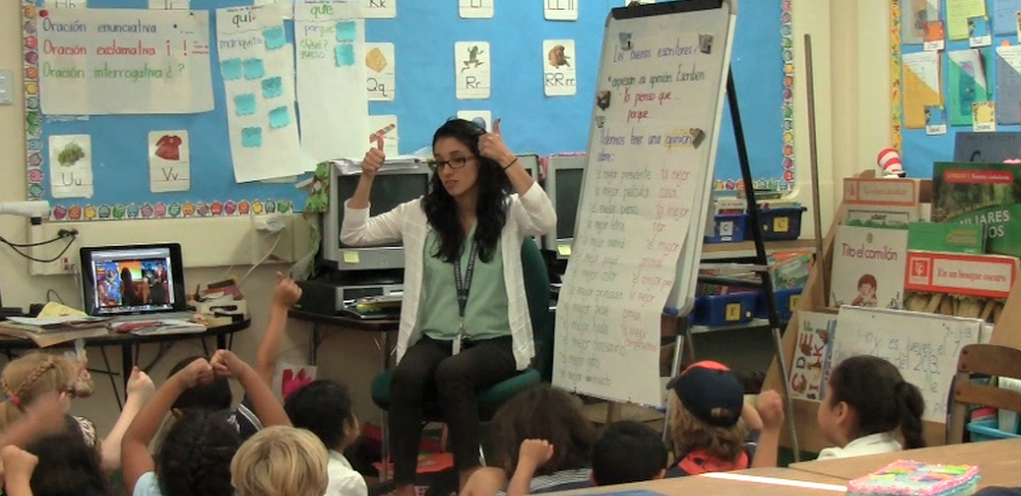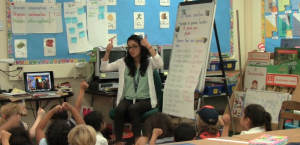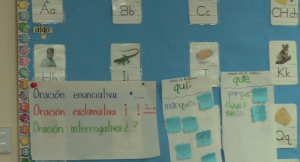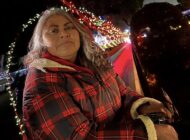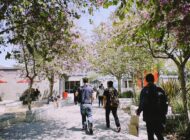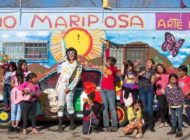The Glendale Unified School District offers dual immersion programs in seven different languages to almost 2,200 students district wide participating in their Foreign Language Academies of Glendale or F.L.A.G. program.
By JAZZMYNE BOGARD
EL NUEVO SOL
With the passing of prop 227 in 1998, which put a ban on bilingual education, many thought bilingual learning had come to an end. This ban on language learning was not because California didn’t need bilingual education in its school system, but it helped create the need for finding new forms of bilingual learning.
In the past, non-English speaking students who entered the public school system were isolated from the rest of the class, pulled out and provided language support. This format discouraged bilingual education and isolated students, but paved the way for a new form of learning called dual immersion.
Although dual immersion programs have existed in the U.S. since 1962, they did not surged until mid-1980s, when bilingual education was under attack by the English-only movement. Today, 422 schools in 227 school districts across the nation have dual immersion programs, according to the directory of the Center for Applied Linguistics. California leads the nation with 80 school districts and 133 schools.
In the Los Angeles metro area, one school district in particular has taken this form of learning to a whole new level and is continuously gaining popularity and growing interest among parents. The Glendale Unified School District offers seven different languages to almost 2,200 students district wide participating in their Foreign Language Academies of Glendale or F.L.A.G. programs. The goal of the programs is to develop bilingualism and bi-literacy by the end of elementary school.
What started as one kindergarden class of Spanish dual immersion students in 2003 at Thomas Edison Elementary has expanded to this district wide program which uses two forms of language immersion to teach students seven different languages: Armenian, French, German, Italian, Japanese, Korean, and Spanish.The first form of language learning in the dual immersion program happens through a 90:10 model. In a 90:10 model the amount of the target language decreases as English increases until there is a 50:50 balance of the languages generally in grades four through six. This form of instruction is used in Glendale Unified for Spanish, Italian, French and German.
The second format of dual immersion is the 50:50. A 50:50 model uses English and the target language for 50 percent of the time throughout the duration of the program. This format is used to teach Armenian, Korean and Japanese languages at Glendale Unified.
Dual Immersion programs continue to grow within the Glendale Unified School District and have become so popular, according to Patricia Anderson, the F.L.A.G Spanish Teacher specialist. Other districts turn to Glendale for advice when trying to construct a similar program in their own school districts.As for the future of the language program in Glendale, Anderson hopes to see it progress out of elementary school and into middle and eventually high schools.
Statistics from the California Department of Education show that more than half (58.88 percent) of students at Glendale Unified speak another language. Armenian is the most common minority language (29.6%), followed by Spanish (13.84 percent) and Korean (7.39 percent).
Here’s the interview with Anderson discussing the F.L.A.G program:
My opinion piece on the subject was published at CSUN’s Daily Sundial here.
Tags: Bilingual Education CSUN Dual Immersion Language Program FLAG Program Glendale Unified School District Jazzmyne Bogard Prop 227






